Artworks combined French Rococo and Tiepolo
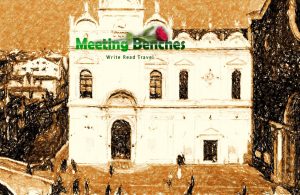 In a Venice that had assumed the role of a cosmopolitan city, curious travelers had the opportunity to appreciate the Venetian pictorial school https://www.copernicum.it/book/pittori-veneti-del-700-1906089. Giambattista Tiepolo, Canaletto and Francesco Guardi were the most representative exponents. Over time, the sumptuous models of the French Rococo, of which Jacopo Amigoni became the undisputed master.
In a Venice that had assumed the role of a cosmopolitan city, curious travelers had the opportunity to appreciate the Venetian pictorial school https://www.copernicum.it/book/pittori-veneti-del-700-1906089. Giambattista Tiepolo, Canaletto and Francesco Guardi were the most representative exponents. Over time, the sumptuous models of the French Rococo, of which Jacopo Amigoni became the undisputed master.
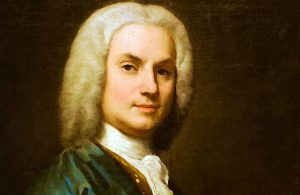 Painter, drafter and printmaker, he was one of the most important the late Baroque artists, Jacopo Amigoni https://www.amazon.com/Jacopo-Amigoni-Bacchus-Ariadne-Gallery/dp/B07D1CLH64 painted portraits that he hardly enjoyed. He was a painter well known for his representation of oil color. He was born in 1682, starting painting career with mythological and religious scenes, gods in sensuous dreaminess and games. After he had completed his apprenticeship, he moved to Venice in 1711, fascinated by painters Sebastiano Ricci and Rosalba Carriera.
Painter, drafter and printmaker, he was one of the most important the late Baroque artists, Jacopo Amigoni https://www.amazon.com/Jacopo-Amigoni-Bacchus-Ariadne-Gallery/dp/B07D1CLH64 painted portraits that he hardly enjoyed. He was a painter well known for his representation of oil color. He was born in 1682, starting painting career with mythological and religious scenes, gods in sensuous dreaminess and games. After he had completed his apprenticeship, he moved to Venice in 1711, fascinated by painters Sebastiano Ricci and Rosalba Carriera.
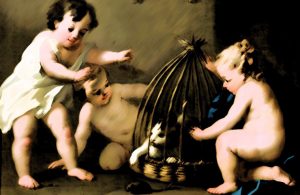 He flagged his artistic career in Venice, becaming intellectually productive during his Europe tours. As you to can admire his frescoes and paintings emanate a gentle, elegant serenity. While his fame grew towards the north, Jacopo Amigoni https://www.metmuseum.org/art/collection/search/435573 began painting parlor works working in Bavaria until 1729. Returned to Venice, he painted Arraignment of Paris (which up to date hangs in Villa Pisani, at Stra). In 1730, he began working in the English Theatre of Covet Garden. He was one of the last major artists of Venice, with works enjoyed great popularity in Europe.
He flagged his artistic career in Venice, becaming intellectually productive during his Europe tours. As you to can admire his frescoes and paintings emanate a gentle, elegant serenity. While his fame grew towards the north, Jacopo Amigoni https://www.metmuseum.org/art/collection/search/435573 began painting parlor works working in Bavaria until 1729. Returned to Venice, he painted Arraignment of Paris (which up to date hangs in Villa Pisani, at Stra). In 1730, he began working in the English Theatre of Covet Garden. He was one of the last major artists of Venice, with works enjoyed great popularity in Europe.
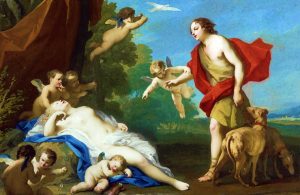 His style characteristically “Venetian” proved to be very influential for late Baroque Art in Europe, also receiving inspiration from French Rococo. In Paris Jacopo Amigoni he met celebrated castrato Farinelli, went to Madrid where he painted a self-portrait with a singer, returning in 1739 to Venice, asked with painting several buildings. He began to accept commission works especially from the Church and from the nobility in the Veneto. In 1747, he moved to Spain, becaming a court painter to Ferdinand VI of Spain. He died in 1752, in Madrid. https://www.facebook.com/ars.europa/photos/jacopo-amigoni-venus-and-adonis-18th-century-oil-on-canvas-sothebys-past-auction/1885669354879057/.
His style characteristically “Venetian” proved to be very influential for late Baroque Art in Europe, also receiving inspiration from French Rococo. In Paris Jacopo Amigoni he met celebrated castrato Farinelli, went to Madrid where he painted a self-portrait with a singer, returning in 1739 to Venice, asked with painting several buildings. He began to accept commission works especially from the Church and from the nobility in the Veneto. In 1747, he moved to Spain, becaming a court painter to Ferdinand VI of Spain. He died in 1752, in Madrid. https://www.facebook.com/ars.europa/photos/jacopo-amigoni-venus-and-adonis-18th-century-oil-on-canvas-sothebys-past-auction/1885669354879057/.
To broaden your horizon of knowledge about other painters, you can type http://meetingbenches.com/category/paintings/. The sole purpose of this site is to spread the knowledge of these artists and that other people enjoy their works. The property of the images that appear in this blog correspond to their authors.
 Meeting Benches World art in all forms
Meeting Benches World art in all forms
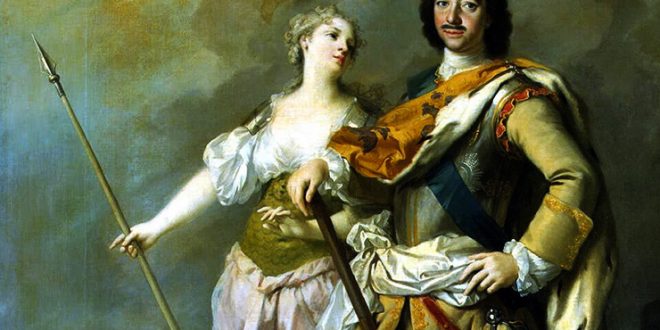
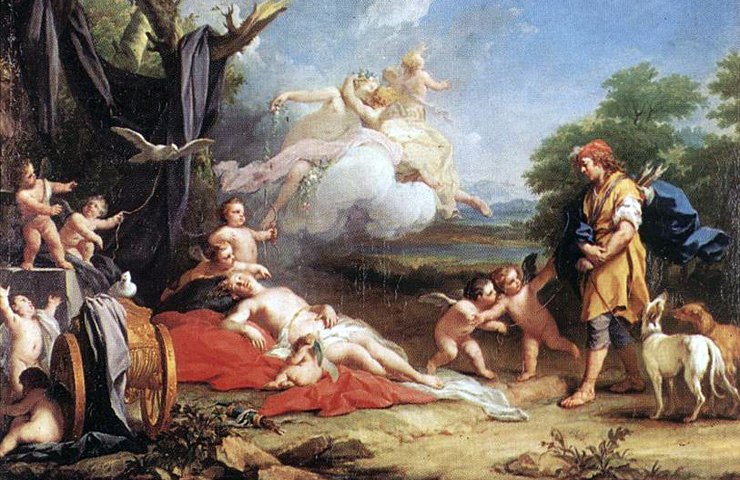

















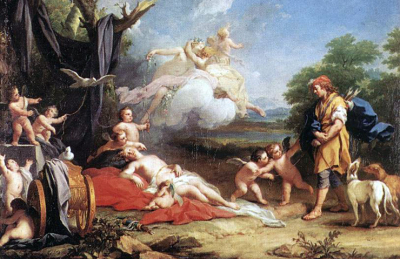


















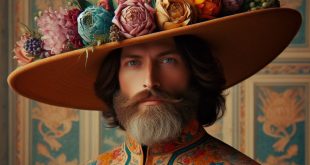


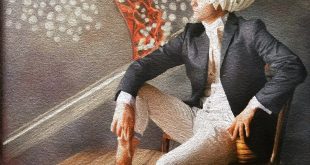
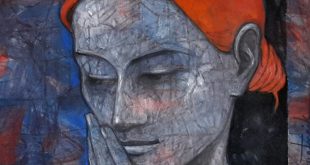

One comment
Pingback: VENICE, A TRIP IN THE DREAM AND ELSEWHERE – Where the sailing ships carried the winds of other worlds in their sails - Meeting Benches